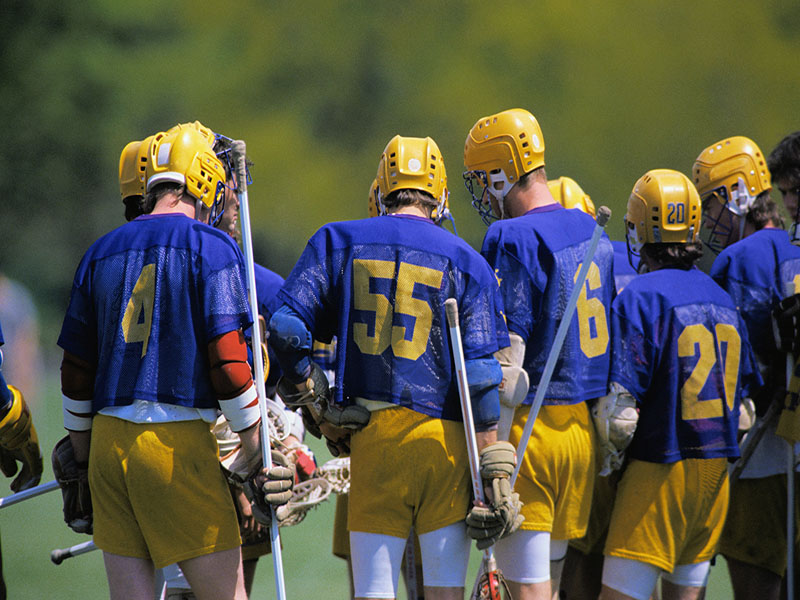Young Athletes Need to Be Sidelined After Bout of Mono

SUNDAY, April 14, 2019 (HealthDay News) -- Young sports buffs recovering from mononucleosis may be itching to return to the game they love. But one expert says the risk of suffering a burst spleen during play means staying on the sideline longer than some would like.
Along with extreme fatigue, sore throat, fever and swollen glands, "mono" causes spleen enlargement. That can be dangerous for athletes because the impacts and pressure on the abdomen that occur during many sports can cause the spleen to burst.
"It's rare -- occurring in less than 0.5% of patients -- but an infected athlete can rupture their spleen without warning within 21 days after symptoms begin," said Dr. Lindsay Lafferty, a primary care sports medicine physician at Penn State Health.
"The rate declines after four weeks, but ruptures have occurred up to eight weeks after an athlete first notices symptoms," she noted in a Penn State news release.
Determining the risk of a spleen rupture is challenging. Because the normal size of a spleen fluctuates, ultrasounds and CT scans won't help determine if the organ is enlarged or at risk of rupture, Lafferty said.
"Physical examination of spleen size identifies as few as 17% of cases, so deciding when the time is right for a student athlete to return to play can be complex," she explained.
For athletes, protective equipment such as flank jackets or protective braces haven't been shown to reduce the risk of spleen rupture and aren't recommended.
"Athletes may resume non-contact play and exercises that don't include lifting weights 21 days after the onset of mono if their symptoms have vanished, and they can to return to full play after 28 days," Lafferty advised.
The virus that causes mononucleosis is transmitted through saliva, so it is commonly called the "kissing disease." But mono can also be spread by sharing a glass or utensils with an infected person, or even through coughing or sneezing. It often occurs in younger people -- especially those in high school and college.
Treatment for mono includes rest, hydration and pain relief. In some cases, recovery may take months. Isolation isn't necessary, but patients are urged to avoid spreading germs by making sure they wash their hands and don't share personal items or water bottles.
More information
The U.S. Centers for Disease Control and Prevention has more on infectious mononucleosis.

The news stories provided in Health News and our Health-E News Newsletter are a service of the nationally syndicated HealthDay® news and information company. Stories refer to national trends and breaking health news, and are not necessarily indicative of or always supported by our facility and providers. This information is provided for informational and educational purposes only, and is not intended to be a substitute for medical advice, diagnosis, or treatment.

